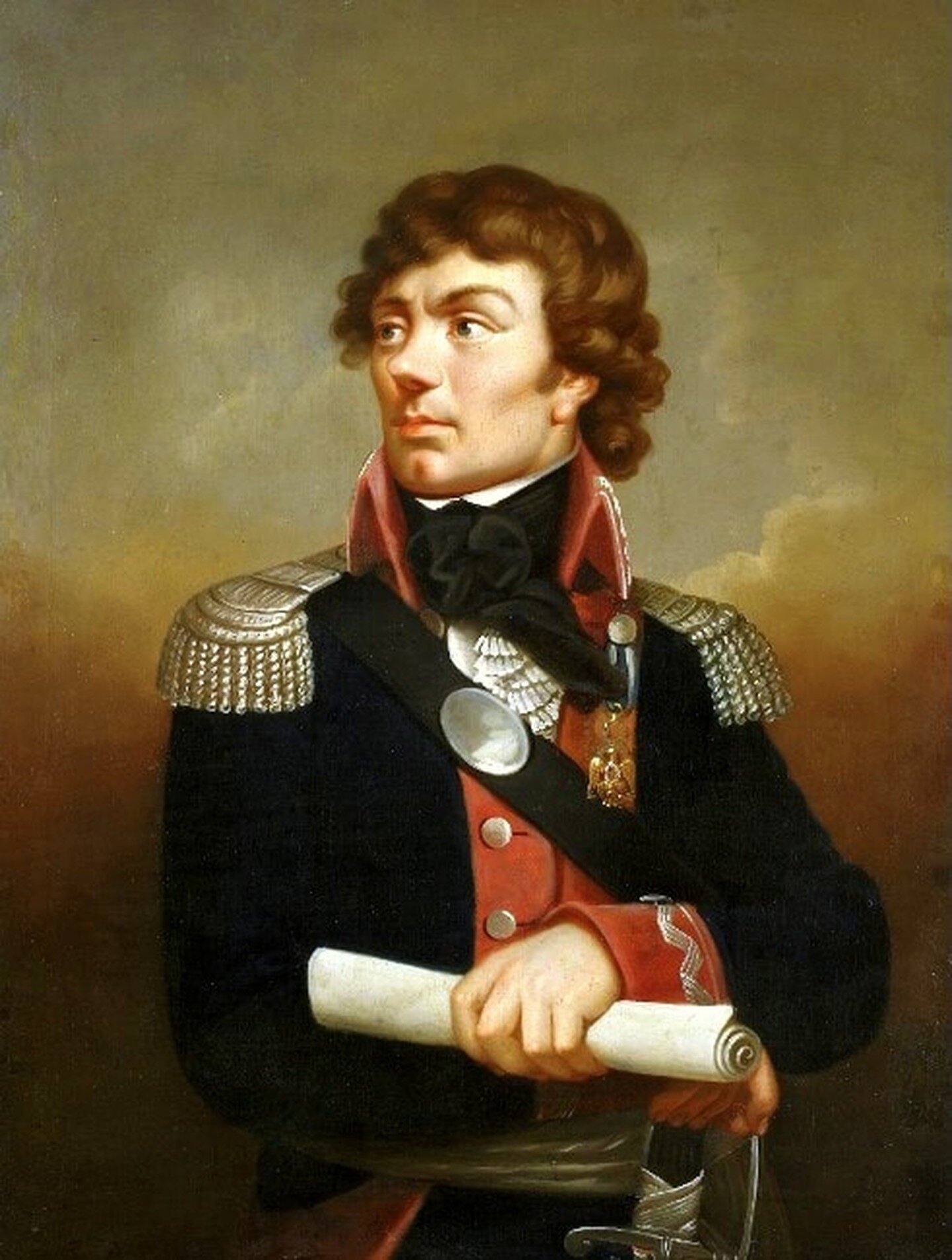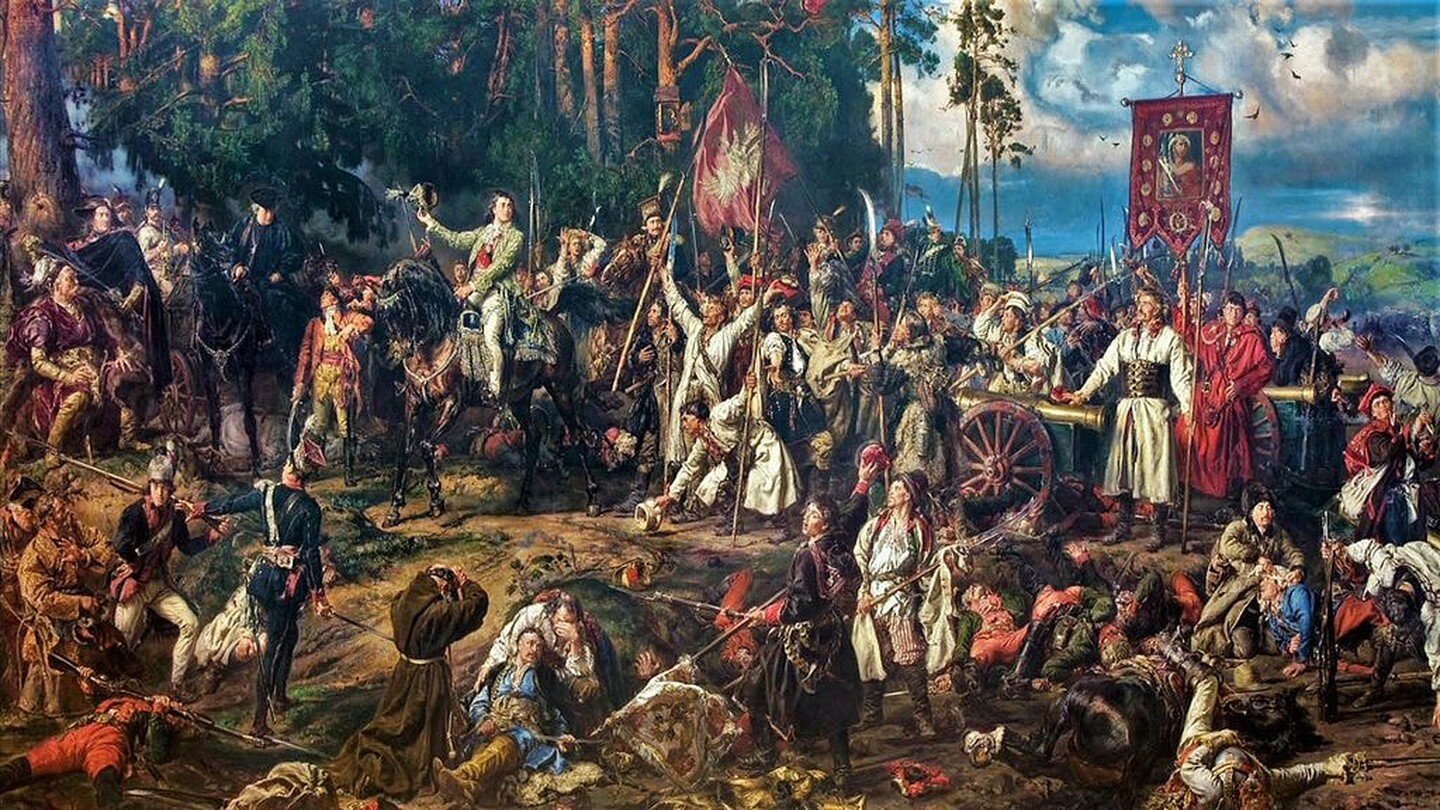Tadeusz Kościuszko: A Polish and American Hero
The ultimate freedom-fighter, Andrzej Tadeusz Bonawentura Kościuszko (1746–1817) was a Polish military engineer and leader celebrated for his courageous feats fighting in the American War of Independence and for leading a daring uprising against foreign rule in Poland. All around the world, from New South Wales to Philadelphia, there are landmarks and places named in his honour.
Tadeusz Kościuszko | © Kazimierz Wojniakowski/Wikimedia Commons
Broken Heart
Born into a noble family of modest means in 1746, Kościuszko graduated from the Corps of Cadets in Warsaw at the age of 20 before pursuing studies in military and civil architecture and painting in Paris. After returning to Poland, he worked as a tutor for the family of a powerful magnate, general Józef Sosnowski, and fell in love with his daughter, Ludwika. The lovers tried to elope, but Sosnowski foiled their plans, believing Kościuszko to be of too low a social rank for Ludwika. Broken-hearted, Kościuszko fled to France, before leaving for America in 1776. He was the subject of much female adoration throughout his life, but Ludwika remained his true love.
American Hero
In America, Kościuszko joined the colonial forces fighting for independence against the British. He was the mastermind behind the defensive strategy at Saratoga, which was a turning point in the American Revolution. In 1778, general George Washington commissioned Kościuszko to design and oversee the construction of military fortifications at West Point. His designs were so innovative and the fortifications considered so valuable that the British bribed General Benedict Arnold into attempting to surrender it to the British Army in 1780. The plot failed, and the site eventually became the renowned U.S. Military Academy. By the end of the war, Kościuszko had been promoted to the rank of brigadier general, received U.S. citizenship and was awarded the Cincinnati Order Medal by Washington.
Tadeusz Kościuszko | © Karl Gottlieb Schweikart/Wikimedia Commons
The Peasant Prince
In Poland, Kościuszko is famed for leading an uprising in 1794 against foreign occupation, uniting Poles at all ranks of society – from nobles to peasants – in the fight. He suspended serfdom (much to the annoyance of some of his fellow nobles), and one of the most famous battles of the insurrection, the Battle of Racławice, was won thanks to huge numbers of peasant soldiers armed with scythes. Although the uprising failed, it remains one of the most significant events in Polish history. Kościuszko had devoted much of his life to defending the rights of the subjugated. In one of his wills he stipulated that the proceeds of his American estate, as well as those of his friend and executor Thomas Jefferson, be spent on freeing and educating African-American slaves. Had Jefferson not refused the executorship, some historians believe Kościuszko might have changed the course of American history.
Legacy
You might have heard Kościuszko’s name before – that’s because there are numerous places and landmarks around the world named after him. Shortly after his death, the Kościuszko Mound in Krakow was constructed. Financed by donations from Polish residents, many volunteers of all ages and social status helped to erect it. Perhaps the best-known landmark to bear Kościuszko’s name is Mount Kosciuszko in New South Wales, Australia. Named by the Polish explorer Paweł Edmund Strzelecki in honour of the hero in 1840, it’s the highest mountain in the country. Mount Kosciuszko is located in Kosciuszko National Park, which is well-worth the visit for its stunning landscapes. In Philadelphia, Pennsylvania, you can visit the house in which Kościuszko lived at the Thaddeus Kosciuszko National Memorial. And at the United States Military Academy at West Point, the statue of Tadeusz Kościuszko stands proudly over the defences that he had designed.
Battle of Racławice | © Jan Matejko/Wikimedia Commons




